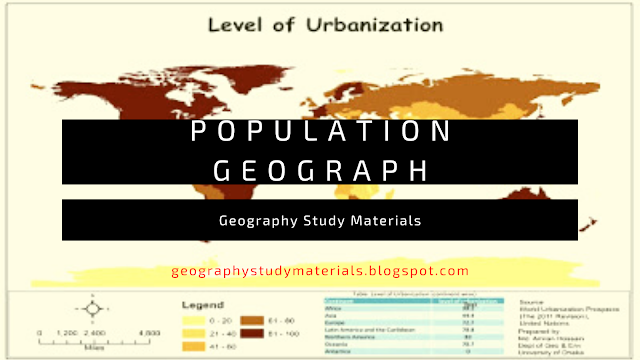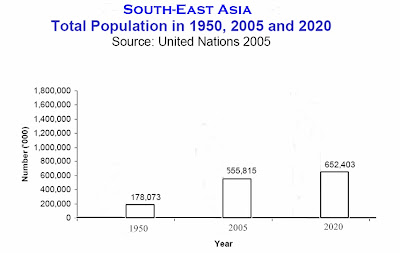Definition of Demography
There are various definitions for Demography from various perspective and point of view. It is part of Human Geography and can be defined as:- According to the Oxford Dictionary Demography is the study of statistics such as births, deaths, income, or the incidence of disease, which illustrate the changing structure of human populations. According to the Webster Dictionary Demography is the statistical study of human populations especially with reference to size and density , distribution, and vital statistics. Again Cambridge Dictionary has defined demography the study of changes in the number of births, marriages, deaths, etc. in a particular area during a period of time. So, Demography is the study of the size, composition and distribution of human population across space and the process through which populations change. ** ‘ Big three’ phenomenon of demography are : Births Death...




